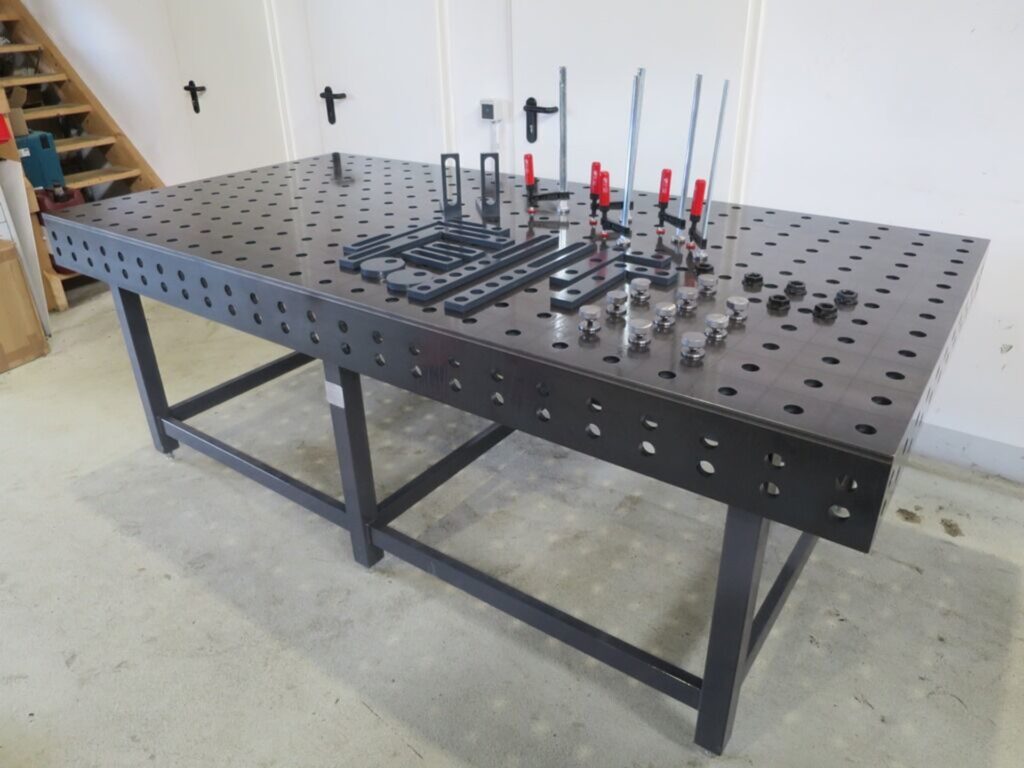Yes, welding tables can be customized or modified to suit the user’s needs and preferences. Welding tables come in different sizes, shapes, and materials to cater to different welding needs. However, customizing or modifying a welding table requires careful planning and consideration to ensure that the resulting table is safe and functional.
Here are some ways to customize or modify a welding table:
1.Add or Remove Features:
Welding tables come with different features, such as clamps, magnets, or v-blocks, to hold the workpiece securely in place. The user can add or remove these features to suit their welding needs. For example, if the user needs more clamps than the table comes with, additional clamps can be added.
2.Change the Tabletop Material:
Welding tables are usually made of steel, but other materials, such as aluminum or wood, can be used. Changing the tabletop material can affect the welding table’s weight, durability, and non-stick surface. The user should carefully consider the advantages and disadvantages of different materials before making a change.
3.Adjust the Table Height:
Welding tables come in different heights, but the user may need a table that is higher or lower than what is available. The user can adjust the table’s height by adding or removing legs or adjusting the table’s leveling feet.

4.Add Casters:
Welding tables are usually stationary, but the user may need a table that is mobile. Adding casters to the table’s legs can make it easier to move the table around the workspace. However, adding casters may affect the table’s stability, and the user should carefully consider the table’s weight and load capacity before making a change.
5.Custom Design:
The user can design and build their welding table from scratch, using their preferred materials, dimensions, and features. Custom designing a welding table requires careful planning and consideration to ensure that the resulting table is safe and functional.
When customizing or modifying a welding table, the user should consider the following:
1.Safety:
Customizing or modifying a welding table should not compromise safety. The user should ensure that the resulting table is stable, durable, and capable of holding the workpiece securely in place. The table should also be able to withstand the heat and sparks generated during welding.
2.Functionality:
The resulting table should be functional and meet the user’s welding needs. Adding or removing features should improve the table’s functionality, making it easier to carry out welding tasks with precision and accuracy.
3.Budget:
Customizing or modifying a welding table can be costly. The user should carefully consider the cost of the changes and whether they are necessary before making a decision.
4.Maintenance:
The user should consider the maintenance requirements of the custom or modified table. The table should be easy to clean and maintain to ensure its longevity and optimal performance.
In conclusion, welding tables can be customized or modified to suit the user’s needs and preferences. However, customizing or modifying a welding table requires careful planning and consideration to ensure that the resulting table is safe and functional. The user should consider safety, functionality, budget, and maintenance requirements when customizing or modifying a welding table. By following these guidelines, the user can customize or modify their welding table to meet their welding needs.